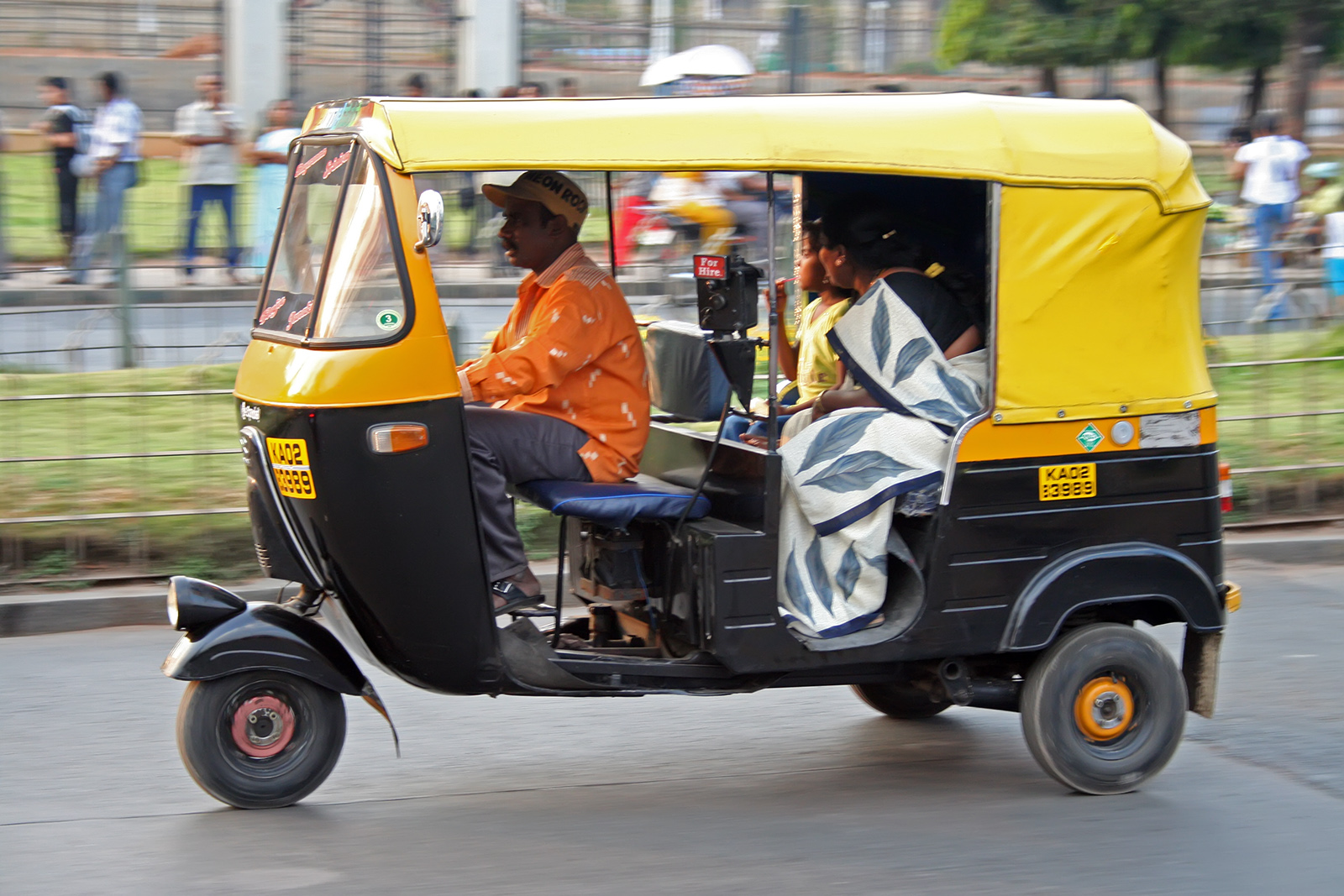Radhakrishnan was a quiet, slightly effeminate boy who was with us in the High School at Ottapalam. He was never involved in the countless fights we boys got into almost every day. I don't think any of the teachers had any occasion to reprimand him. His father was a Post & Telegraph employee who used to deliver the occasional telegrams. The postal department had not split into India Posts and BSNL in those days. He had either a squint or 'cat's eyes', I don't now remember which .He was also an amiable guy like his son. After High School I did not see much of Radhakrishnan or his father as I shifted to Govt. Victoria College, Palghat for my degree course.
"And a revolutionary must become a cold killing machine motivated by pure hate. Che Guevara".
I do not think Radhakrishnan had that kind of pure hate against anyone.
So how did he become a naxalite? He was not a great reader and I don't think he, on his own, read any of the recommended readings for a revolutionary like the books of Mao, Che or Regis Debray. Perhaps he may have been attending study classes conducted by Venu or Ravunny. There was a school teacher, Raghavan, who had intellectual pretensions (which in those days meant adherence to left leaning ideology) and who, I am told, developed too close a liaison with Radhakrishnan's family. He is not alive now. Possibly he may have influenced Radhakrishnan.
Sebastian was another guy I knew among the 'dramatis personae' of the Kongad tragedy. He surfaced in our area one day from some place in Central Travancore and latched on to Chettur Balakrishnan Nair who was distantly related to me and whom we used to call 'Kuttama". Kuttama was a totally apolitical person but had a weakness for women and wine and delusions of grandeur. Sebastian expertly stroked his ego and became an inseparable companion. I did meet him several times in the company of Kuttama. He was more of a mercenary than a revolutionary. He was one of the principal accused in the Kongad murder case and got a life term. I have no difficulty visualizing him hacking away at Narayanan kutti Nair's neck not because of any extreme revolutionary zeal but because, in my estimate, he was totally amoral. I have no idea what became of him after his jail term. Kuttama paid a great price for his association with Sebastian. Sub Inspector of Police of Ottapalam Police Station who was one of the investigating officers made his life miserable for quite some time. Perhaps fitting justice for what he did to the Namboothris of 'Swarnath Mana'
Chacko was one other guy belonging to the gang whom I may have seen. He was a brilliant student of Victoria and a couple of years my junior. In those days of shortages and general despondency, it was quite natural for any sensitive youth to be attracted by the extreme left thinking. The romantic aura surrounding the life and death of 'Che', the 'Revolution in the Revolution' of Regis Debray, the defiant poems of Chullikad, the happenings in intellectual Bengal, the disillusionment with the Communists who came to power through the ballot box and were corrupted by the system, all were powerful motivators for the youth of those times. Most sympathized with the extremist ideology, some embraced it. Chacko apparently did.
I also knew by reputation Narayanankutti Nair and his elder brother Chinnakuttan Nair. I am told they usually were among the first to visit the Mankara Police Station whenever there was a change in the incumbency of the Sub-Inspector. By all accounts, these brothers were a law unto themselves until the British Govt dispatched a platoon of policemen to arrest Chinnakuttan Nair. He was handcuffed and paraded in the streets of Palghat. That was the beginning of the end of their hold over the Region. But I still think that the fact that V.N.Rajan, son-in law of Narayanankytty Nair and an IG of Police at that time, was expected to be there may have influenced the target selection. Narayanankutty Nair was already a spent force when the Naxalites struck. What the Naxalites wanted to demonstrate was a brazen defiance of the establishment.
The discontent seems to be back. There are enough signs of a coming turbulence. I do not mean the survival struggle of the tribals in Chathisgarh or the pathetic efforts of Janu, llaha Gopalan etc and the sporadic violence the movement generates. What would pose immense danger to our way of life in Kerala in the near future is the fatal fascination of the Muslim youth for the extreme religious beliefs. Religious fanaticism is being fomented with the blessings and funding of the Saudi Arabian Wahabis, ISI and Taliban outfits.
There is an ill wind blowing across Kerala. Ominous clouds portending the coming storm have appeared in the horizon. A population pampered by a moderate, benign weather, not exposed to any serious war or natural calamities, whose perception of terrorism is an occasional visual clip in TV from Kashmir or Gaza is about to experience a severe winter of discontent. Perhaps, it is time the smug Malayalee got a real jolt.








